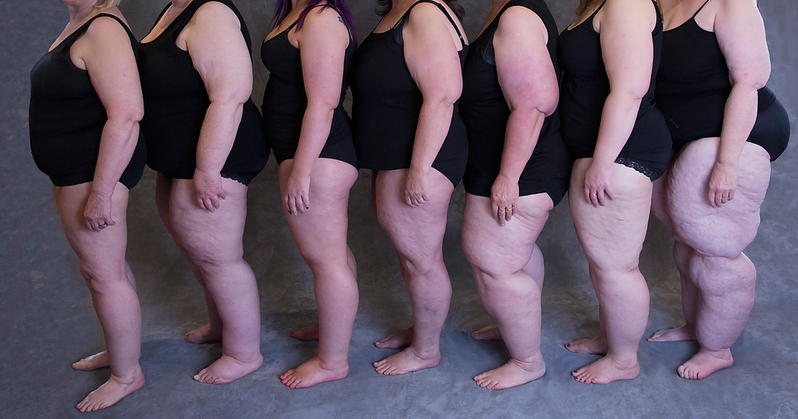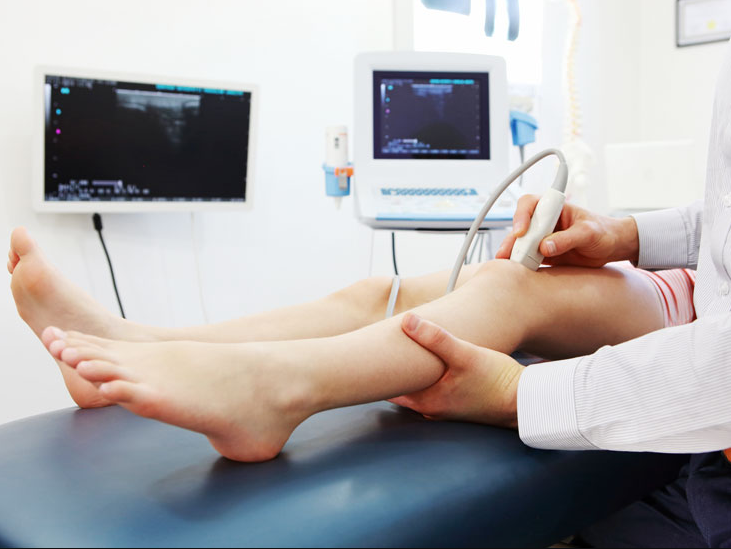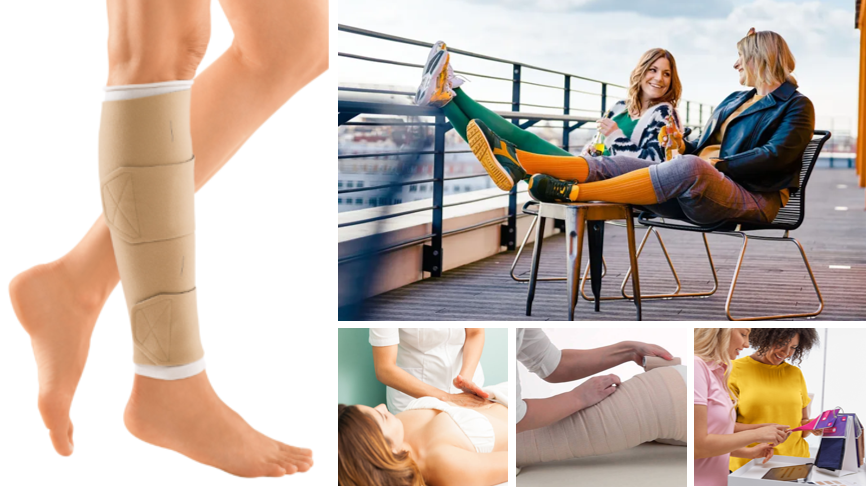
What is Lipoedema?
Have you a disproportionate leg / arm / butt size compared with the rest of your body? Can’t shift an area of fat with diet and exercise, no matter how hard you try? Does the area exhibit hard lumps or ‘rice grain’ texture? Do you bruise easily, experience pain/tenderness to the touch or have a heavy or full feeling in the area? If so, then you may suffer from lipoedema – a fat disease which primarily affects women. Lipoedema causes a proliferation of fibrotic fat cells or the formation of giant fat cells in the tissue which can hamper the delivery of oxygen and nutrients to your cells. Pain and swelling can also result from the fat mass putting pressure on nerves, blood vessels and lymphatics. Lipoedema is progressive and will develop chronic secondary swelling (or lymphoedema) and other debilitating complications if left untreated. Therefore, it’s imperative that lipoedema is identified and subsequently managed as soon as possible.

How can I tell if I have Lipoedema?
Proper assessment is the first essential step to effectively managing lipoedema. A specialist doctor will have imaging technology – such as Doppler ultrasound to identify this disease. The onset of Lipoedema has been related to hormonal events such as puberty, pregnancy and menopause and generally both sides of the body will be affected equally. It’s common in lipoedema to have larger legs for one’s body shape, yet the feet will seem unaffected. Likewise, the arms can be disproportionately large/puffy yet the hands for example will appear normal. In the later stages of the disease where lymphoedema is present, the likelihood of swollen hands or feet increases and the limbs may no longer be the same size due to swelling.

What are my Lipoedema Treatment Options?
Once you’ve been for an assessment and received a diagnosis, your lipoedema specialist can then discuss treatment options with you. They might suggest a course of conservative management with a qualified therapist or recommend a surgical solution. Lipoedema can often present with co-morbidities such as a ‘hole in the heart’ and venous insufficiency. Hole in the heart (or PFO) is commonly treated with day surgery and venous insufficiency treatment can involve sclerotherapy, surgery or conservative therapy, depending on the stage of the disease.

What can I Expect from Conservative Therapy?
Conservative therapy for lipoedema involves manual lymphatic drainage by a qualified therapist, compression, the right kind of exercise and an anti-inflammatory diet. A reduction phase may be necessary (if there is lymphoedema present) before measure for compression stockings or sleeves to prevent re-fill and further complications from developing. Your therapist might use bandaging or compression wraps combined with MLD (manual lymphatic drainage) to soften & break up fibrosis and excess fluids in the tissue. The tools selected will be based upon your needs and budget. Once the tissue has been decongested it’s time to measure for a medical grade compression garment to retain the reduction and prevent hardening. This helps to minimise ‘transit time’ – the time it takes for oxygen and nutrients to travel to your cells from the blood vessel walls. A short transit time means healthy tissue.

Important Note:
We cannot remove fat cells using conservative therapy – only fluids and/or fibrosis (hardened fluids). However, there is usually a fluid component involved in lumpy tissue such as cellulite and lipoedema, so finding a therapist who can deliver proper manual lymphatic drainage is essential. Correct compression garment prescription and measurement are also highly important when it comes to treating lipoedema. Keys to successful conservative therapy are:
- getting a diagnosis from a trained specialist
- finding a therapist who knows lipoedema
- getting regular therapy
- following instructions
- getting support from a lipoedema group
If you already have a diagnosis and would like to book conservative therapy or be measured for medical compression on the Gold Coast – contact us.
To find an accredited therapist elsewhere in Australia, we recommend you contact the Australasian Lymphology Association.
If you would like help identifying whether you have lipoedema or not, contact Lipoedema Surgical Solution, Miami, Gold Coast.

